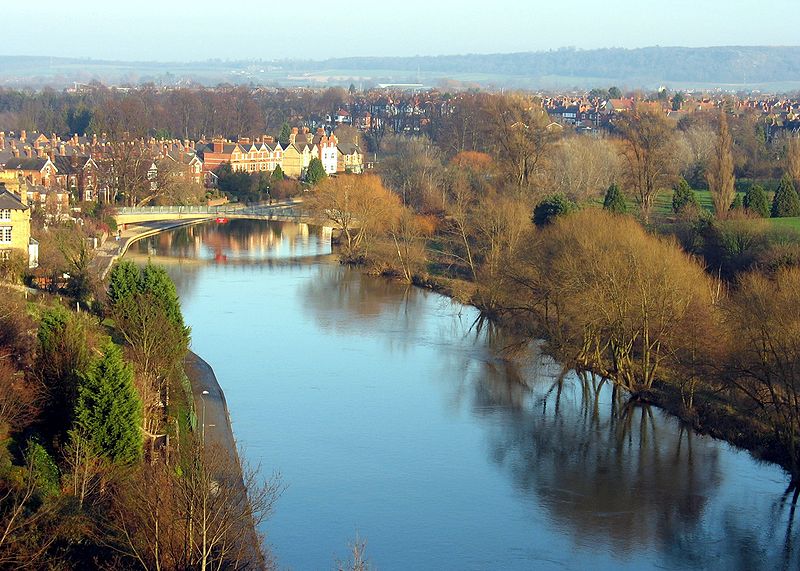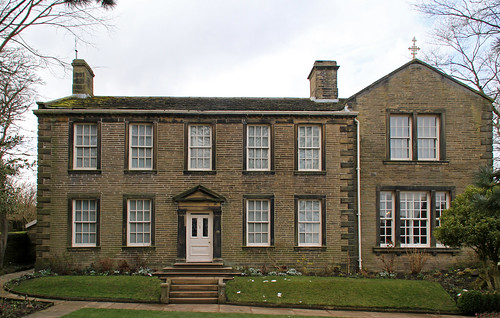Collective timeline for ENGL 628 SP 2022.
CCU MAW ENGL 628 Dashboard
Description
Jane Eyre, Re-writing the Gothic Bildungsroman for 21-st Century Popular Culture:
Jane Eyre: An Autobiography (1847) by Charlotte Brontë is a seminal text in the Western feminist literature canon, published fifty-five years after Mary Wollstonecraft’s A Vindication of the Rights of Woman and a year before the Seneca Falls convention launched the feminist movement in Western culture. But more impressively, it is a popular novel that has never once gone out of print in one-hundred and seventy-four years. And scores of authors, directors, and digital producers have adapted, revised, and modernized Bronte’s most famous novel because the narrative still has something to teach us. What better text could a class of writers study in order to explore what makes a story not only timeless but also popular and highbrow? As bell hooks—the recently deceased, trailblazing Black feminist scholar and activist—declared, “Whether we're talking about race or gender or class, popular culture is where the pedagogy is, it's where the learning is.”
As writers, we will explore the creative and rhetorical choices select twentieth- and twenty-first-century authors and directors have made when appropriating Jane Eyre’s narrative, paying attention to how each Jane is a positive (or negative) role model of physical, emotional, and spiritual growth. In other words, we are going to explore how this piece of classic literature remains relevant because of Jane’s didactic appeal within 21st-century popular culture. In this course, we will also leverage the COVE’s (Collaborative Organization for Virtual Education) digital tools in order to create a collaborative “flipped classroom” learning experience.
Galleries, Timelines, and Maps
Individual Entries
Jane Eyre was published in 1847 by Currer Bell. Today, this author is better known by her real name, Charlotte Brontë (Wikipedia). It follows a young woman through her neglectful childhood and independent young adulthood as she traverses the Northern England countryside. The novel also marries a classic bildungsroman and gothic romance by using some classic female gothic tropes: persecuted heroine; flight from an evil parent; social and sexual repression and shame; ghosts, but not too many supernatural undertones; a critique of societal structure; and fears of domestic entrapment (Oestreich).
Admittedly, using Jane Eyre as an entry can be seen as a cop-out; however, this novel is very pertinent (as promised) to Thursday's journey. It would be hard to talk about any of the important similarities and symbolism between Jane Eyre and The Eyre Affair in another capacity relevant to this type of assignment since any places associated with the...
moreLiddington Hill is an English national monument located in Swindon. It is considered a national heritage site alongside the Liddington Castle, and was first listed a such in 1925. It was designated with this importance because of its archaeological potential to increase “understanding the transition between the Bronze Age and Iron Age.” Specifically, Liddington Hill and Liddington Castle have the potential to provide “archaeological and environmental evidence relating to its construction, the economy of its inhabitants and the landscape in which they lived” (Historic England). Physically, the hill is, “sub-trapezoidal in plan and consists of a bank, ditch and counterscarp bank following the natural contours of the hill and enclosing an internal area of approximately 3 hectares” (Heritage Gateway). While a creditable citation could not be found to back this up, multiple sources claim Liddington Hill is the highest point in Swindon, England.
In The Eyre Affair,...
more
In the novel The Eyre Affair, Thursday Next frequently finds herself in conflict with Acheron Hades and in one instance is forced to chase him towards the Welsh border, saying “to the left and right of us and not more than half a mile distant, the broad expanse of the Severn blocked our route. Acheron was heading off to Wales and the Marches and there didn’t seem to be anything we could do about it” (Fforde 226). The Marches, also known as the Welsh Marches, are an area along the border between England and Wales. While there is no clear, legally defined area of the Marches today, the counties of Shropshire and Herefordshire are particularly considered to be part of the Marches and historically Cheshire, Gloucestershire, and some two-thirds of Wales were considered part of the Marches (“The Welsh Marches”).
The word march, in this sense, comes from a blending of the...
more
In the novel The Eyre Affair, as the protagonist, Thursday, and her assistant, Bowden, start the journey of finding the enemy of the novel, Hades, they end up in Wales where they believe Hades to be hiding in an abandoned hotel. This journey leads them into the city of Abertawe. In this alternative universe, Thursday describes this city as being an “open city,” meaning “tax was low and trade tariffs almost nonexistent,” (Fforde 304). Abertawe is also described as having “glassy towers and global banking institutions” that Thursday believes to show that there does exist a free trade ideology which makes money, but isn’t widely supported by the more traditional Welsh people. She later...
moreBrontë Parsonage Museum in Haworth; Courtesy of Flickr/Tony Hisgett
Established in 1779, Haworth Parsonage is located in West Yorkshire and became home to the Brontë family in 1820 (The Editors of Encyclopedia Britannica). When Patrick Brontë died in 1861, contents of the Parsonage had been sold or had gone to Charlotte’s husband and other Brontë family friends or servants, leaving the residence empty of Brontë-related items until 1928 when Sir James Roberts, a wool merchant from Haworth, purchased and...
moreThe Eyre Affair by Jasper Fforde vividly reimagines world history and the intellectual hierarchies that hold power over our society. In Fforde's world, which contains more advanced technology and a shared understanding and passion for literature, alternative regimes have carved out new political power structures unseen by the world today. The primary political difference lies in the continued existence of the Crimean War — which, starting in 1854, saw the alliance of Britain, France, Turkey, and Sardinia against Russia ("Crimean War"). While this portion of the timeline acts as one of the central points of tension within Fforde's worldbuilding, the political state of Wales in the United Kingdom is a smaller, but vital digression from our current world as well. The political state of Wales, or in the case of The Eyre Affair: The People's Republic of Wales, furthers the ongoing tension to the story by functioning as both a reprieve and enabler to the political...
more
